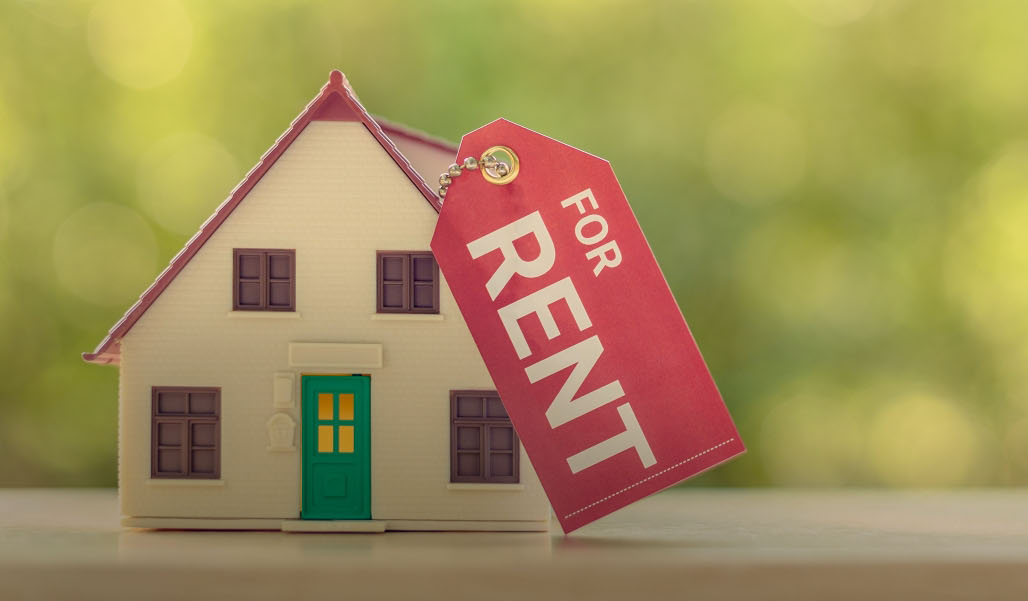Brampton, with its growing population and strong real estate market, offers an attractive environment for real estate investment, particularly in rental properties. As a beginner, understanding the nuances of this market is essential for success. In this guide, we will walk you through the basics of investing in rental properties in Brampton and provide valuable insights to help you get started on the right foot.
1. Research the Brampton Rental Market:
Before you begin, it’s crucial to research the local rental market in Brampton. Understand factors like rental demand, popular neighborhoods, and average rental rates for different property types (apartments, houses, townhouses).
2. Define Your Investment Strategy:
Determine your investment strategy. Are you looking for long-term rental income, or do you plan to buy and flip properties for a quick profit? Your strategy will influence your property selection and management approach.
3. Budget and Financing:
Assess your budget and explore financing options. Consider factors like the down payment, mortgage rates, and ongoing expenses (property taxes, insurance, maintenance, and property management).
4. Property Selection:
Choose the right type of property for your investment goals. Condos, single-family homes, and multi-unit properties all have their advantages and disadvantages. Your decision should align with your budget and strategy.
5. Location Matters:
Select a location carefully. Brampton offers a diverse range of neighborhoods, each with unique characteristics. Consider factors like proximity to amenities, schools, public transport, and job centers.
6. Legal and Regulatory Considerations:
Understand the legal and regulatory requirements for landlords in Brampton. This includes tenant rights, eviction rules, and property standards. Familiarize yourself with the Residential Tenancies Act in Ontario.
7. Property Management:
Decide whether you will manage your rental property yourself or hire a property management company. Property management involves responsibilities like tenant screening, rent collection, and maintenance.
8. Investment Property Inspection:
Always conduct a thorough inspection of potential investment properties. Assess the condition of the property, including structural integrity, plumbing, electrical, and any required repairs or renovations.
9. Tenant Screening:
Screen tenants carefully. Verify their rental history, creditworthiness, and references. A reliable tenant can significantly impact the success of your investment.
10. Marketing and Listing:
When the property is ready, create compelling rental listings and market them effectively. High-quality photos, detailed descriptions, and listing on popular rental websites can attract quality tenants.
11. Rent Pricing:
Set competitive and fair rental rates. Overpricing may deter potential tenants, while underpricing could impact your income.
12. Ongoing Maintenance:
Regular maintenance and timely repairs are essential to keep your rental property in good condition and maintain tenant satisfaction.
Conclusion:
Investing in rental properties in Brampton offers a wealth of opportunities for beginners. With careful research, a clear investment strategy, and attention to the local rental market, you can establish a successful and profitable rental property portfolio. Brampton’s strong economy and population growth make it a prime location for real estate investment. Remember to continue learning and stay updated on market trends and regulations to navigate the rental property market effectively



